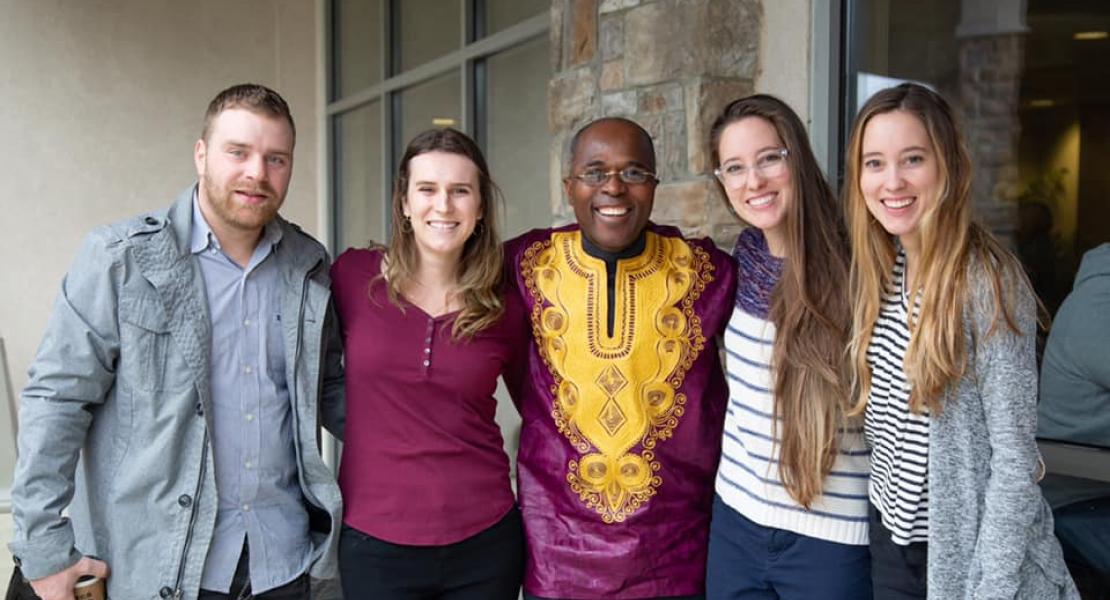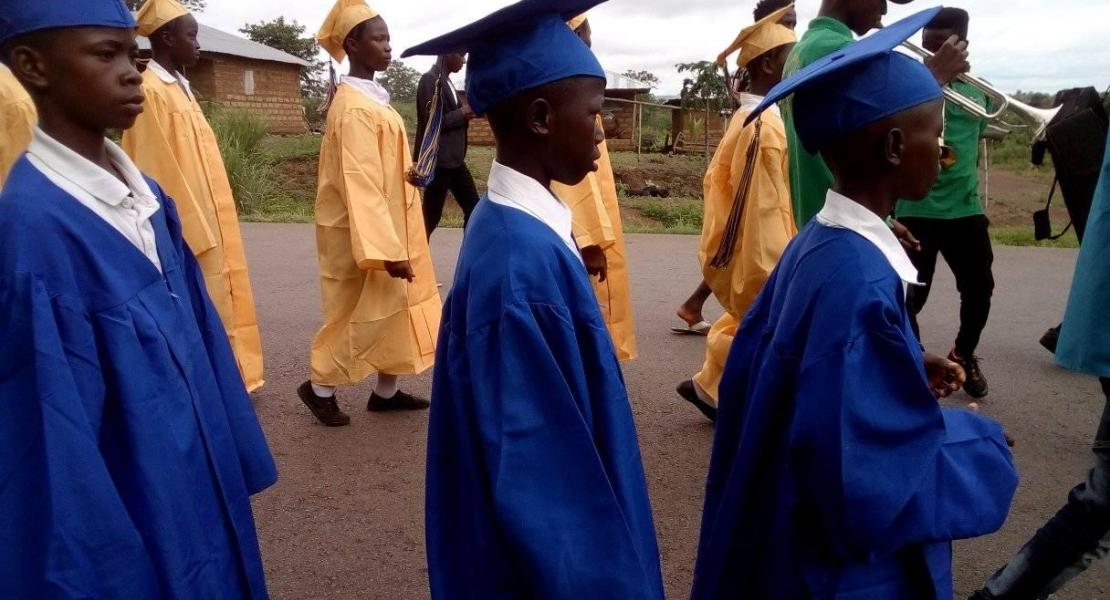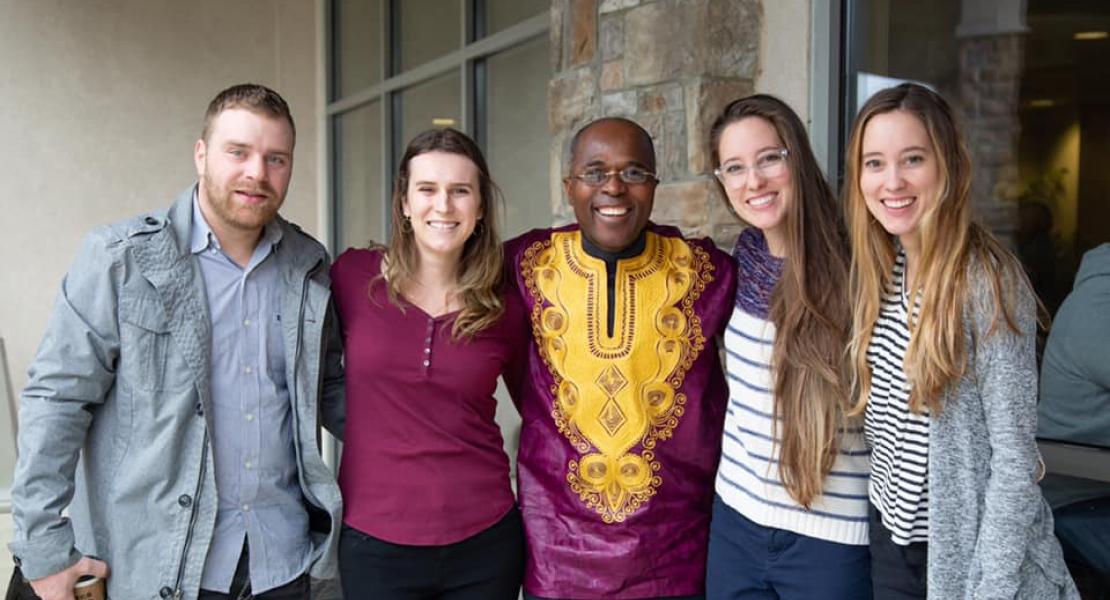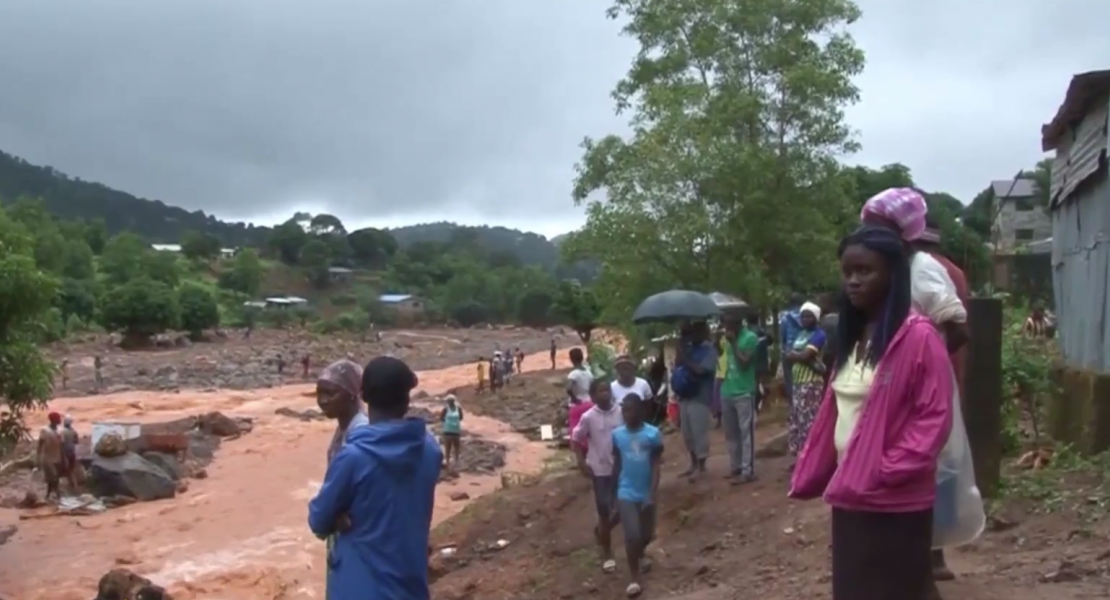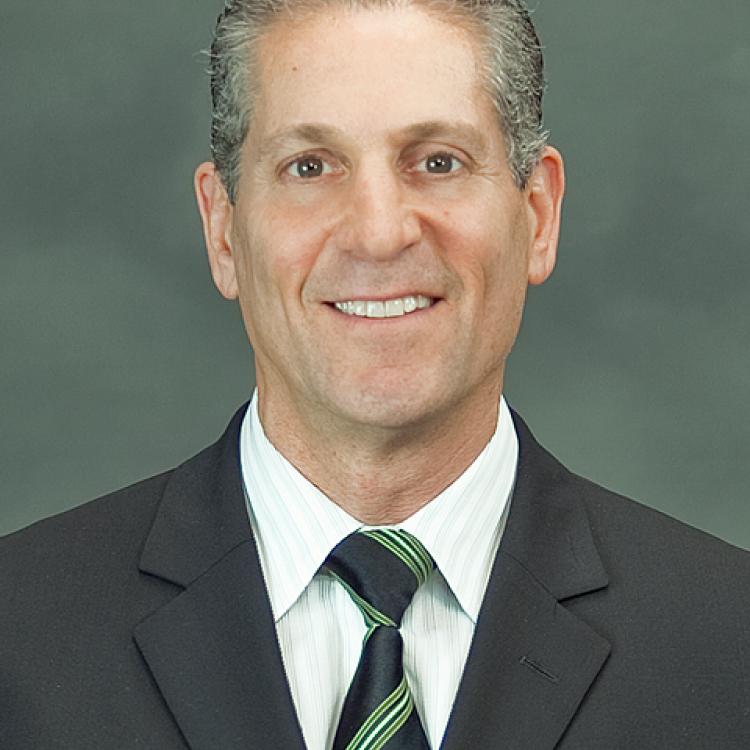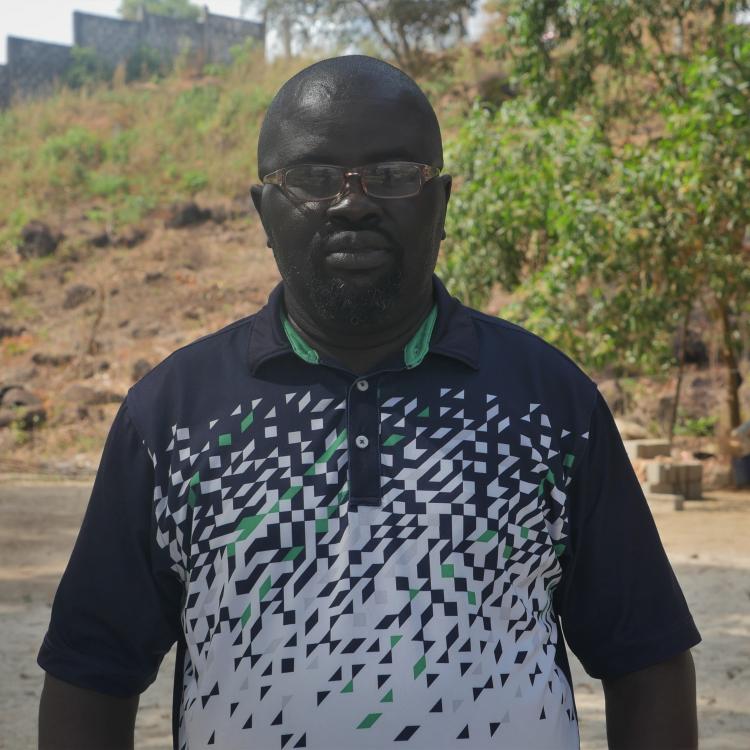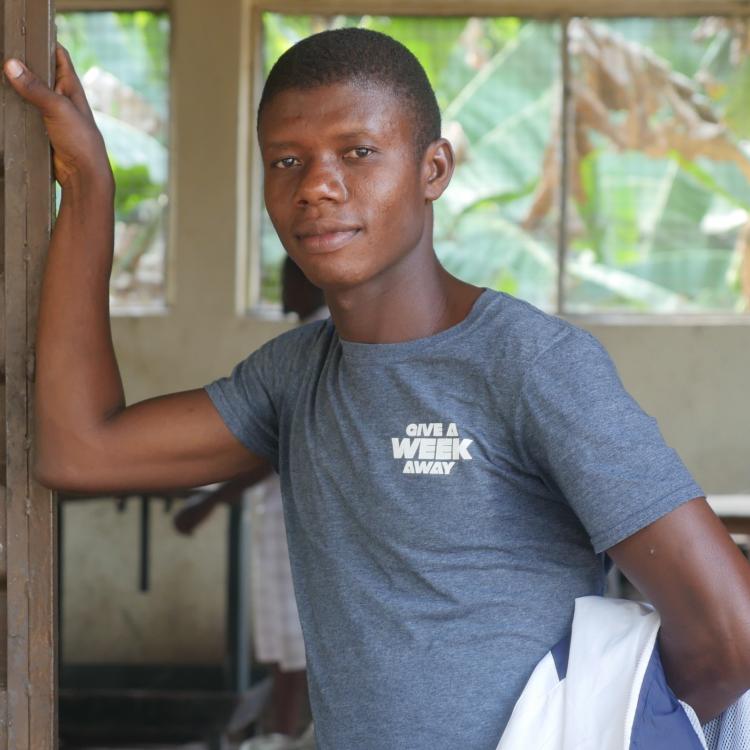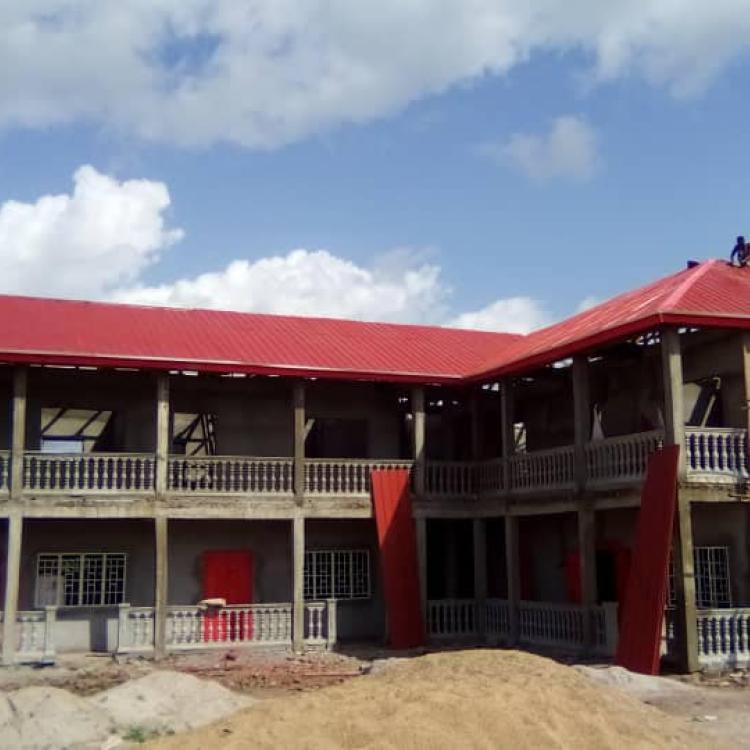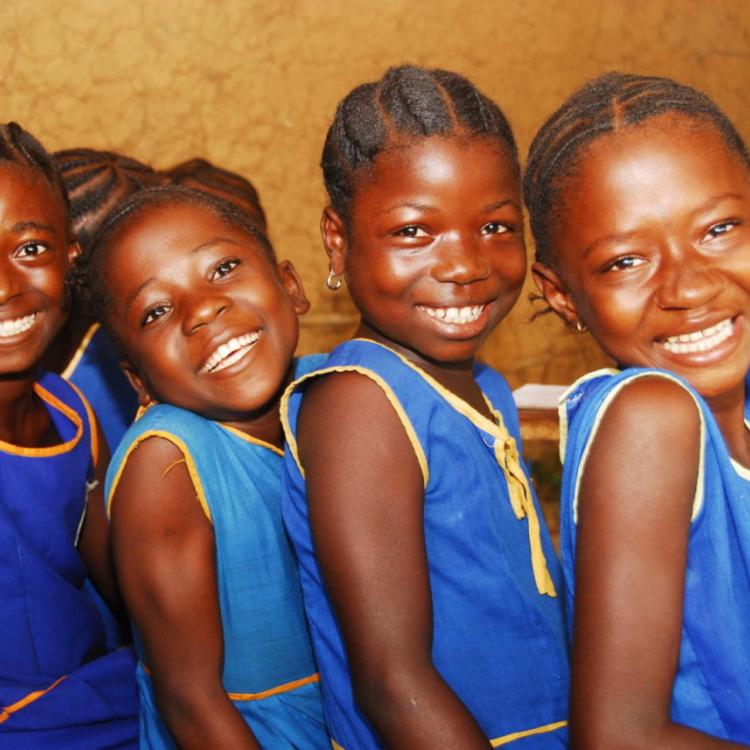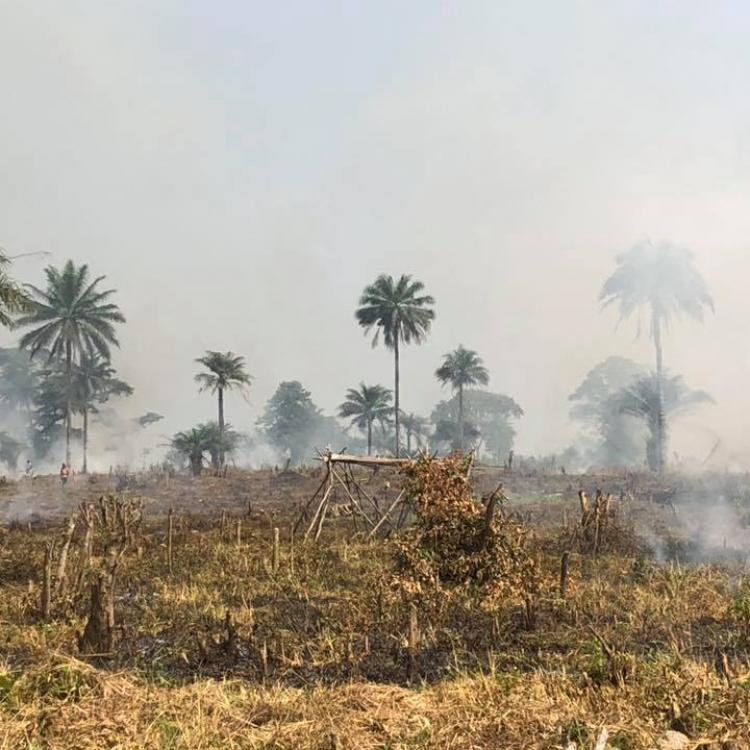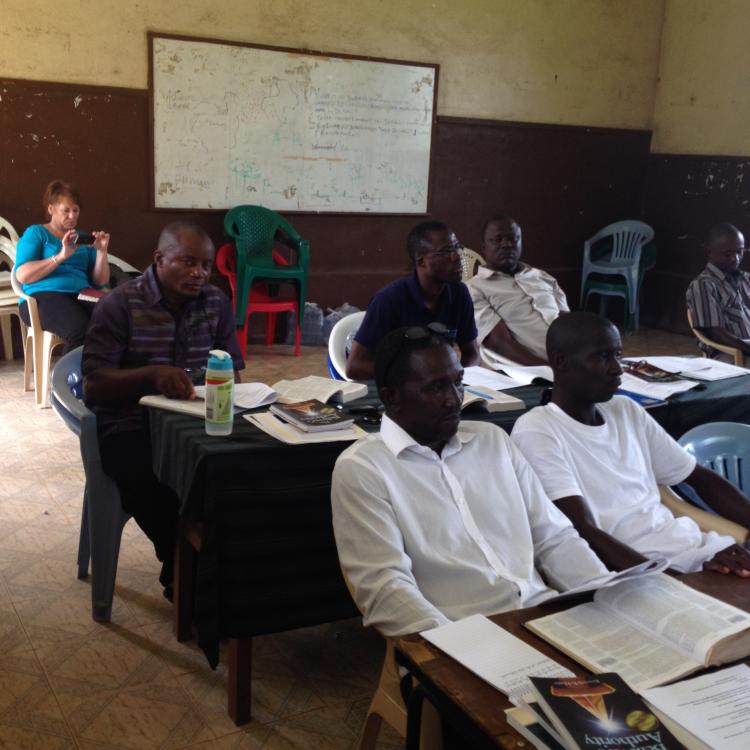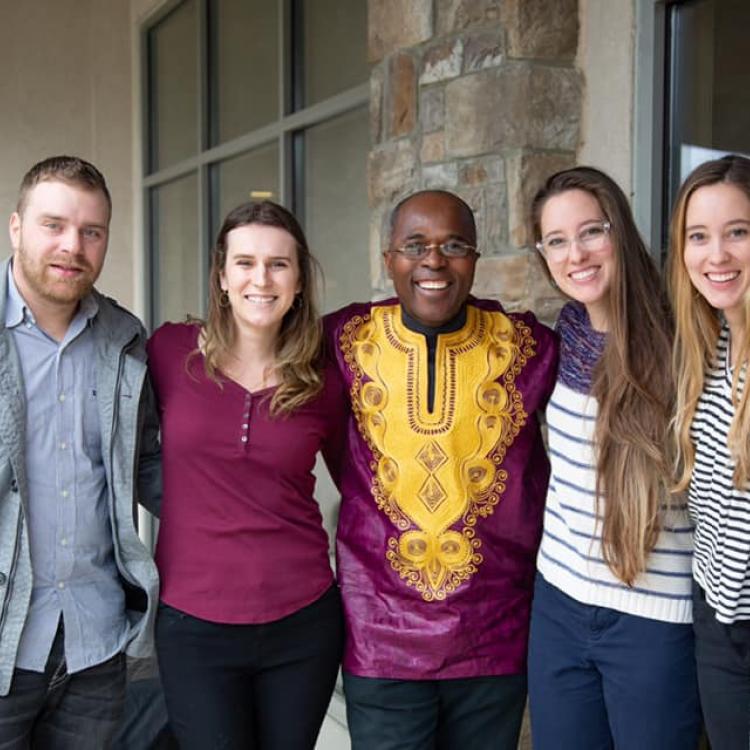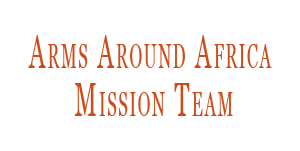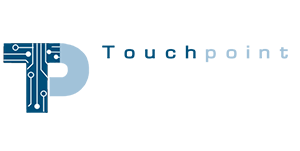
Natural Disasters in Sierra Leone
Sierra Leone's geographical location, land characteristics, large number of rivers, and monsoon climate make the country susceptible to multiple natural hazards, particularly floods, wind storms, landslides, and coastal erosion. The primary cause of flooding in Sierra Leone is tropical rains, lack of urban planning and block drainages in urban areas and big towns. In September 2015, massive floods caused by torrential rains hit the capital, Freetown, and caused serious damage, particularly to people living in slum areas. They left more than 3,000 people displaced in Freetown and damaged a number of water points and sanitation facilities as a result of contamination.
- Sierra Leone has been ranked as the third most vulnerable country in the world to the adverse effects of climate change
- Extreme precipitation and sea level rise increasingly threatens coastal areas with flooding and erosion
- The average annual temperature is projected to increase between 1.0° C and 2.6° C by the 2060s
- Sea level is projected increase between 0.4 m to 0.7 m by 2100.
Source: Global Facility for Disaster Reduction and Recovery
Team SLMDInc, bringing hope, help and healing to flood victims. Over 255 households were served, totaling over 500 victims. - August 21st, 2019Learn more about our Disaster Relief Program
Healthcare in Sierra Leone
The health status of the people of Sierra Leone is still among the worst in the world. Infant and maternal mortality rates remain among the highest in the world. Underlying factors for the high burden of disease are: pervasive poverty, high level of illiteracy, especially among females, limited access to safe drinking water and adequate sanitation, poor feeding and hygienic practices, overcrowded housing, limited access to quality health services
- The greatest burden of disease is on rural populations, and on females within the rural population
- Infant mortality rate: 96 deaths per 1,000 live births
- life expectancy: 48.3 years for Male and 50.8 years for Female
- life expectancy at birth: 49.5 years
- Under-five mortality rate is 140 per 1000 live births and maternal mortality ratio is 857 per 100 000 births
Source: African Health Observatory - World Health Organization
SLMDInc is supporting over 160 elementary school children, over 8 teachers and conducting and facilitating two leadership training workshops serving over 200 youths every year in Sierra Leone.Learn more about our Healthcare Program

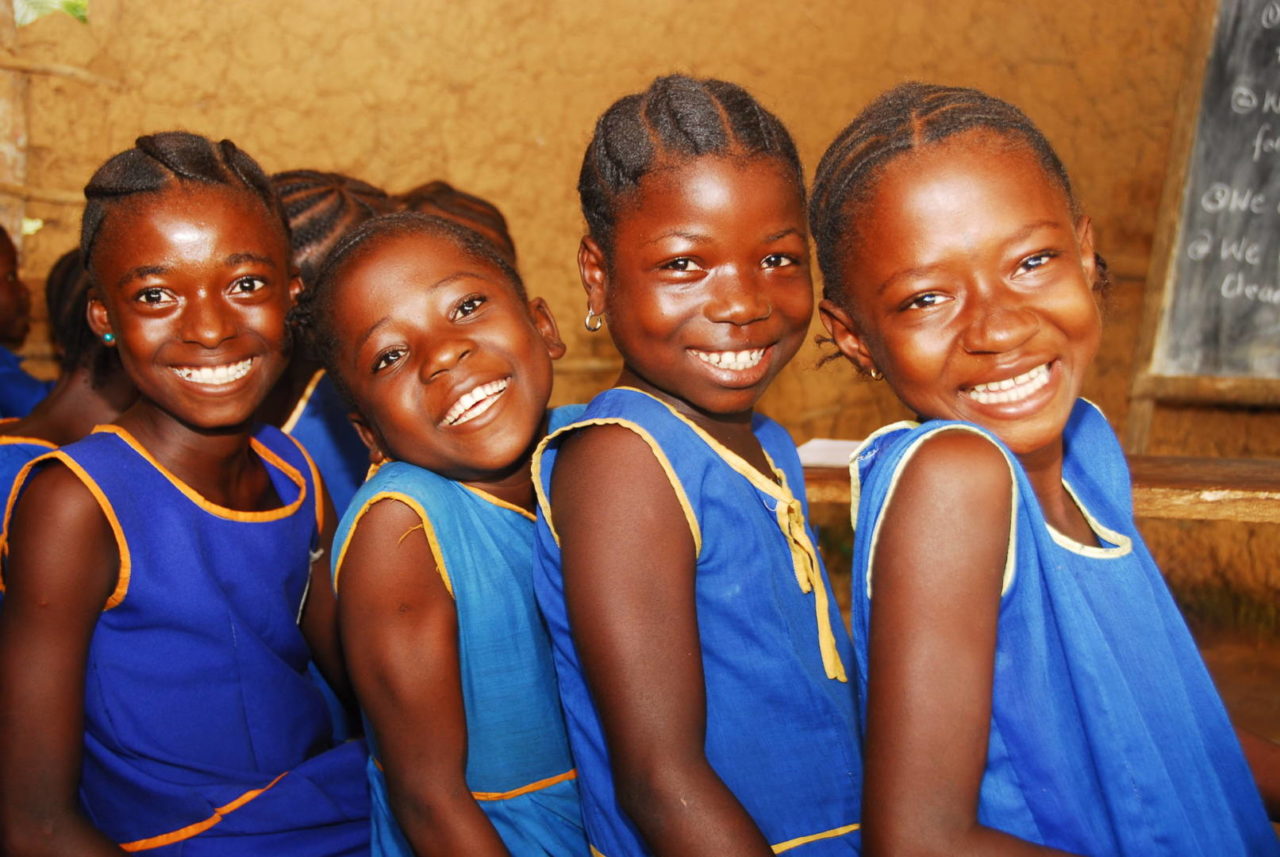
Education in Sierra Leone
Education is a basic human right, vital to personal and societal development. All children deserve quality education founded on a rights-based approach and rooted in the concept of gender equality. A rights-based approach to education will address socio-economic inequalities in our societies that are deep-rooted and often gender-based. Such inequalities exclude many children, particularly girls, from school or condemn them to educational experiences of very poor quality
- 48.4% of Sierra Leoneans are illiterate
- The percentage of illiterate persons is higher among females (56.1%) as opposed to males (40.5%)
- More than five out of 10 people aged 30 years and above are illiterate
- 50% of the population 15 years and above had never been to school
- Close to 35% of the primary school age population was not enrolled in school at the official age
Source: Statistics Sierra Leone
SLMDInc is supporting over 160 elementary school children, over 8 teachers and conducting and facilitating two leadership training workshops serving over 200 youths every year in Sierra Leone.Learn more about our Education Program
Agriculture in Sierra Leone
Agriculture is a vital sector in Sierra Leone's economy and contributes about 40% of GDP, 10% of exports, and provides employment to about two-thirds of the population. Of the total land area of 3,244,214 ha under cultivation for food crops production, 35% of it is under upland rice production, 17.3% is used for lowland rice cultivation, 10.6% for cassava cultivation, 9.2% for groundnut cultivation, 1.5% under sweet potato and 0.9% under maize cultivation
- 58% of households in sierra Leone are engaged in agricultural production
- 29% of the total food production is Cassava
- 74% of agricultural households are involved in animal husbandry
- The majority (82.3%) of household heads are aged between 25 and 64 years.
Source: Statistics Sierra Leone
SLMDInc sustainable development agriculture projects; Empowering Rural women In agricultureLearn more about our Agriculture Program
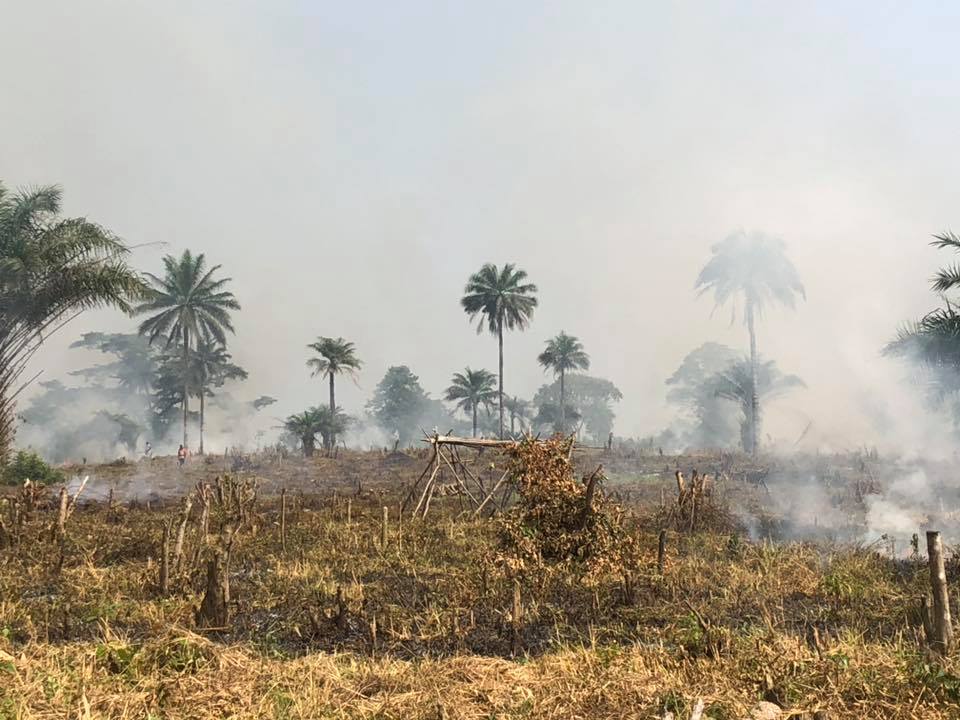
Founders, Board & Team
-
volunteer agricultural and adult education coordinator
Our Event Gallery
Picture gallery from program activities.


